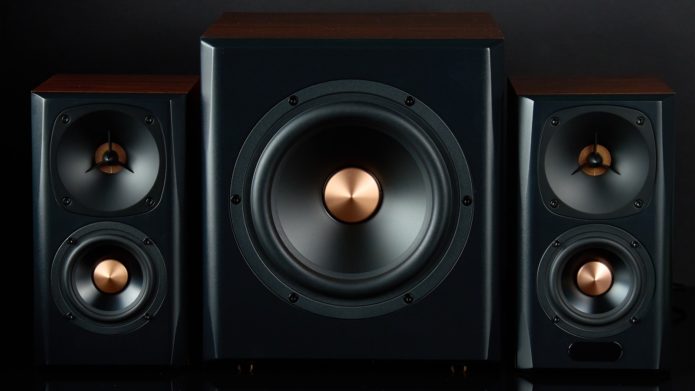Speakers might all look somewhat similar on the outside, but there are many different kinds and all of them have different jobs. The physics behind what makes a speaker work the way it does can be deceptively complex. The size, shape, direction, and amperage of the signal that they receive can all have a profound effect on the kind of audio they produce. Each speaker in a sound system has a different job, and there are few that perform as unique a function as the subwoofer.
****
You might have installed one of these units in your car, your stereo, or coupled with a soundbar as part of a home theater system. Subwoofers are usually large, standalone units that provide a distinctly visceral addition to the sound profile of your audio. You don’t just hear the low-end, you feel it resonating through your entire body.
Anyone who has ever experienced this knows the feeling. But you might have wondered how these speakers actually work. What is their exact function, how are they designed, are there different kinds, and what is the optimal place to put one to maximize the experience? Like with all sound, it ultimately boils down to directing the transference of vibrations.


